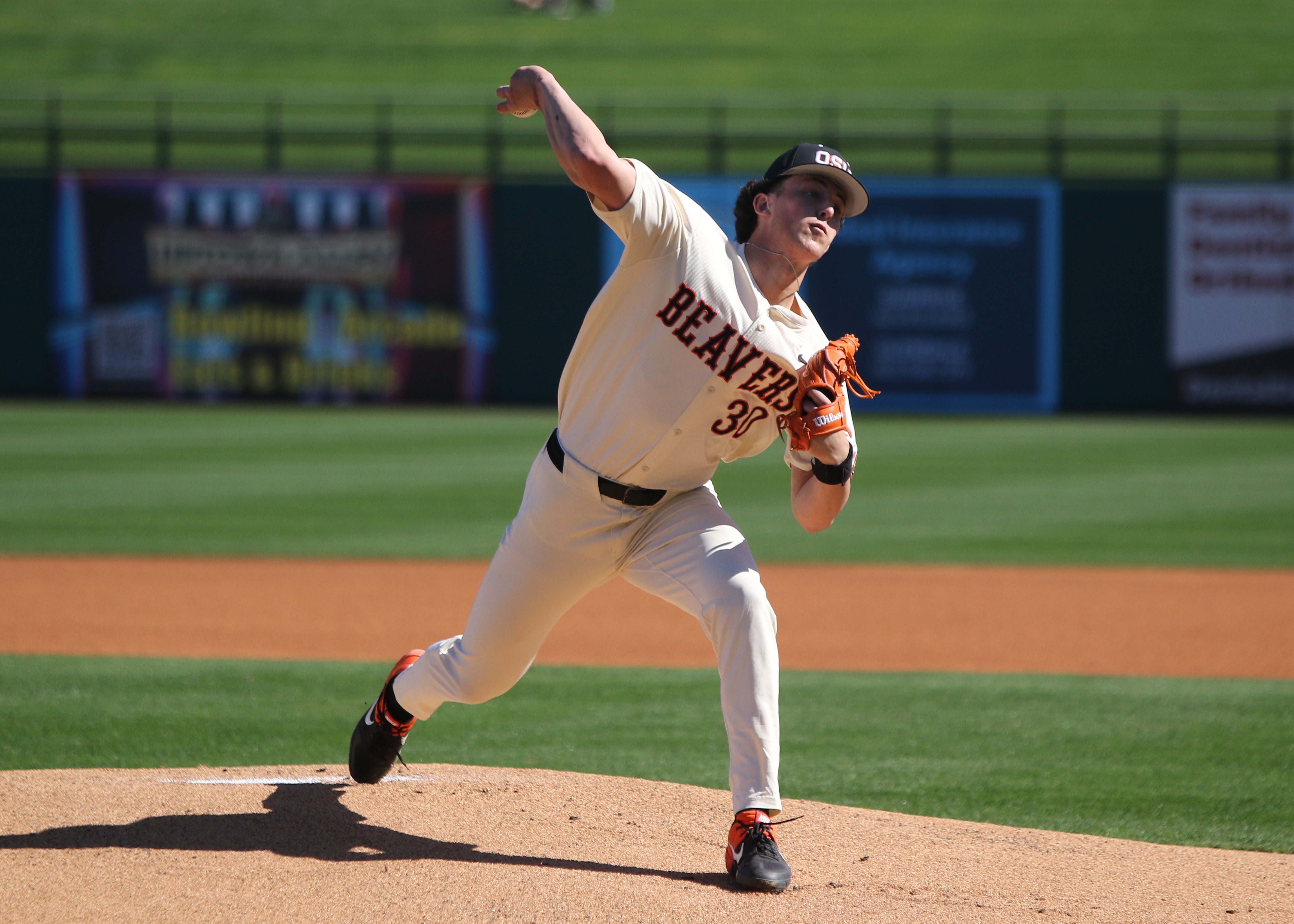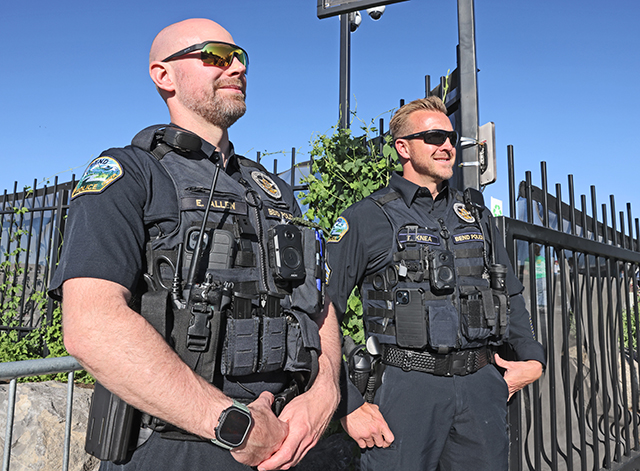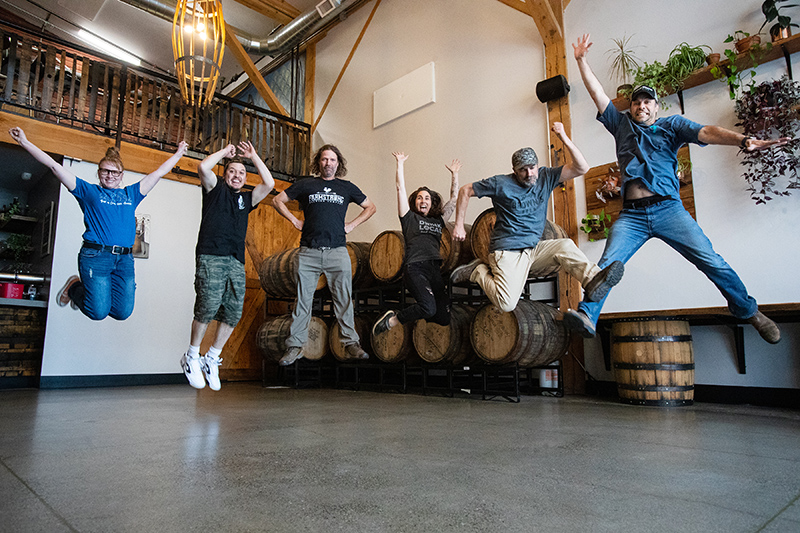Janet Stevens column: Feeder’s a stage for small birds
Published 12:00 am Friday, April 5, 2019

- A Eurasian collared-dove. (123RF)
If the March cold and snow did nothing else good, it brought birds to the feeders in my yard in droves. I am the rankest amateur of birdwatchers but even for me, keeping an eye on their goings on has been fun.
It took the birds a few days to get used to the two feeders that hang from one of those double shepherd’s hook hangers I put in front of the kitchen window this fall. It hadn’t occurred to me that my bustling around in the kitchen might startle them, but clearly it did, at least in the beginning.
They’re startled no more.
While larger birds generally have gone for the suet cake feeder across the yard, tweeties by the dozen have entertained me on a daily basis. Tweeties, by the way, are the name a friend and I long ago gave to the host of small birds that, for me, at least, can be darned difficult to identify.
I do know a few of them by sight.
Dark-eyed juncos are among my favorites. They’re among the smallest birds at the feeders, generally between 5½ and 6¾ inches long, with dark hoods and tails trimmed in white feathers. Today’s dark-eyed juncos were Oregon juncos when I first became aware of them. The name change is one of several they’ve put up with over the years, from pink-sided juncos in 1886 to, successively, Townsends and then slate-colored juncos. They became Oregon juncos in 1957. Then, in 1983, Oregon, slate colored and grayheaded juncos all were renamed dark-eyed juncos. The changes came, as I understand it, as scientists learned more about their biology and split, then recombined, junco groups.
Juncos are about the only sparrows I can pick out with certainty, unfortunately. I’m sure my feeder is drawing other sparrows, but while they’re not identical I have trouble picking them out from any of the several bird books I’ve collected over the years. All of them are seed eaters who, at least when the weather’s cold and wet, move about in flocks and disappear as it gets dark. I can’t imagine how such tiny things can keep themselves warm, but they do.
My bird-watching hasn’t been limited to small birds this winter, by any means. A red-shafted flicker hung out at the suet feeder for days, and once even ventured over to the seed feeders. That was a real treat: They’re beautiful birds, and that was the closest I’ve ever been to one.
Just as Bend’s vacant lots have been overrun with knapweed and other invasive plant species in recent years, so, too, have our bird feeders become a haven for invasive birds.
Not only is the Eurasian collared-dove not native, it has moved in with surprising speed. It first arrived in the continental United States in 1982 in Florida, according to Cornell University’s Project FeederWatch website. Today it can be found across the United States and well into Canada. While scientists don’t think it’s driving out native birds, including this area’s mourning dove, they’re not ready to say they know that for sure.
What I don’t see in my backyard are the large birds that hang out in the farm country of southern Wasco County. We have red-tailed hawks, to be sure, and ducks galore. There are Canada geese and, occasionally, bald eagles. None of those is likely to show up at a backyard feeder, however.
Meanwhile, now that the snow is gone the juncos and other sparrows continue to visit my feeders, though not with the same intensity I saw when the ground was snow-covered. Today they’re content to hang out in the bushes, chattering among themselves. Even from across the yard, they’re still fun to watch.
— Janet Stevens is deputy editor of The Bulletin. Contact: 541-617-7821, jstevens@bendbulletin.com






